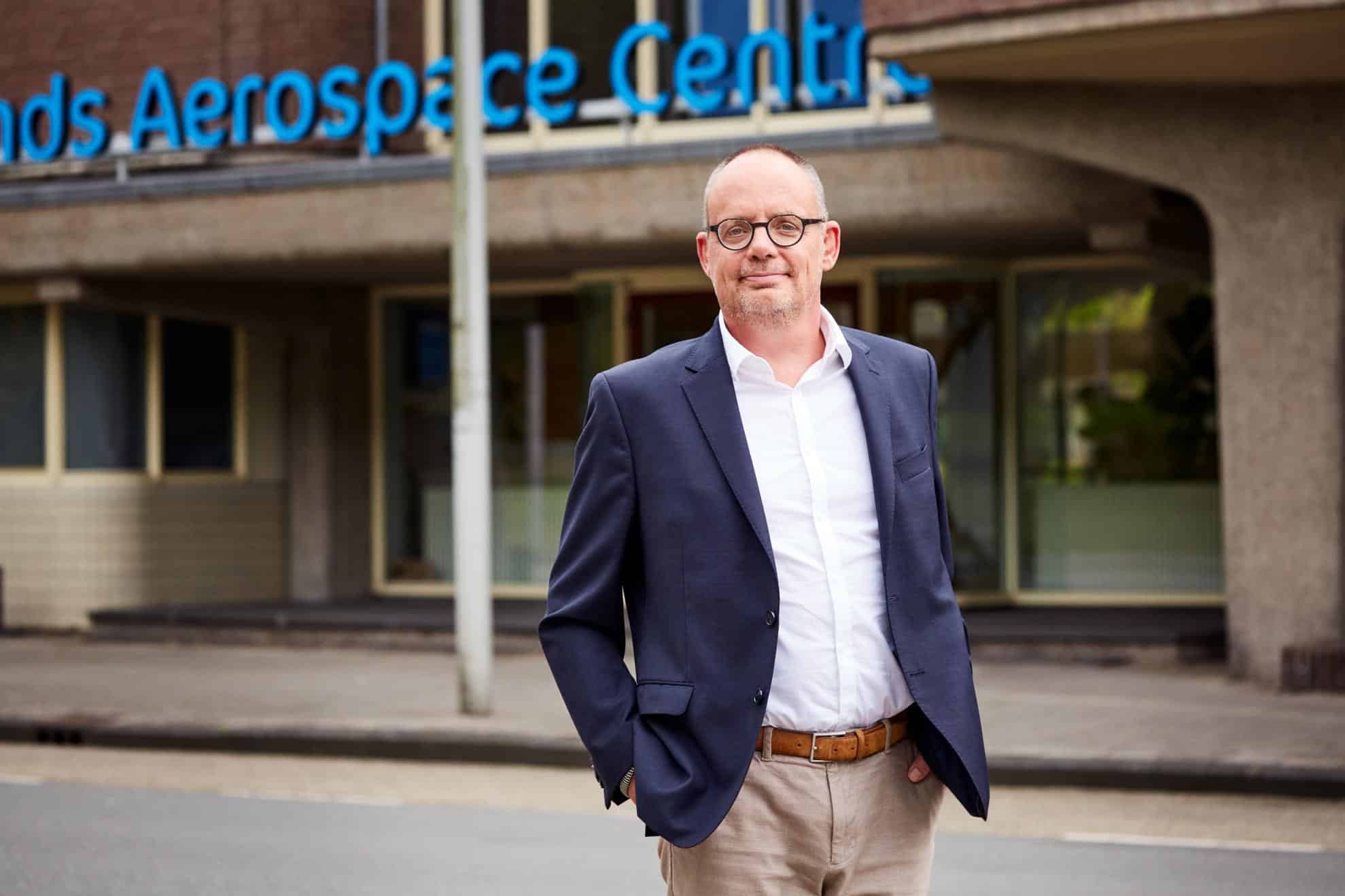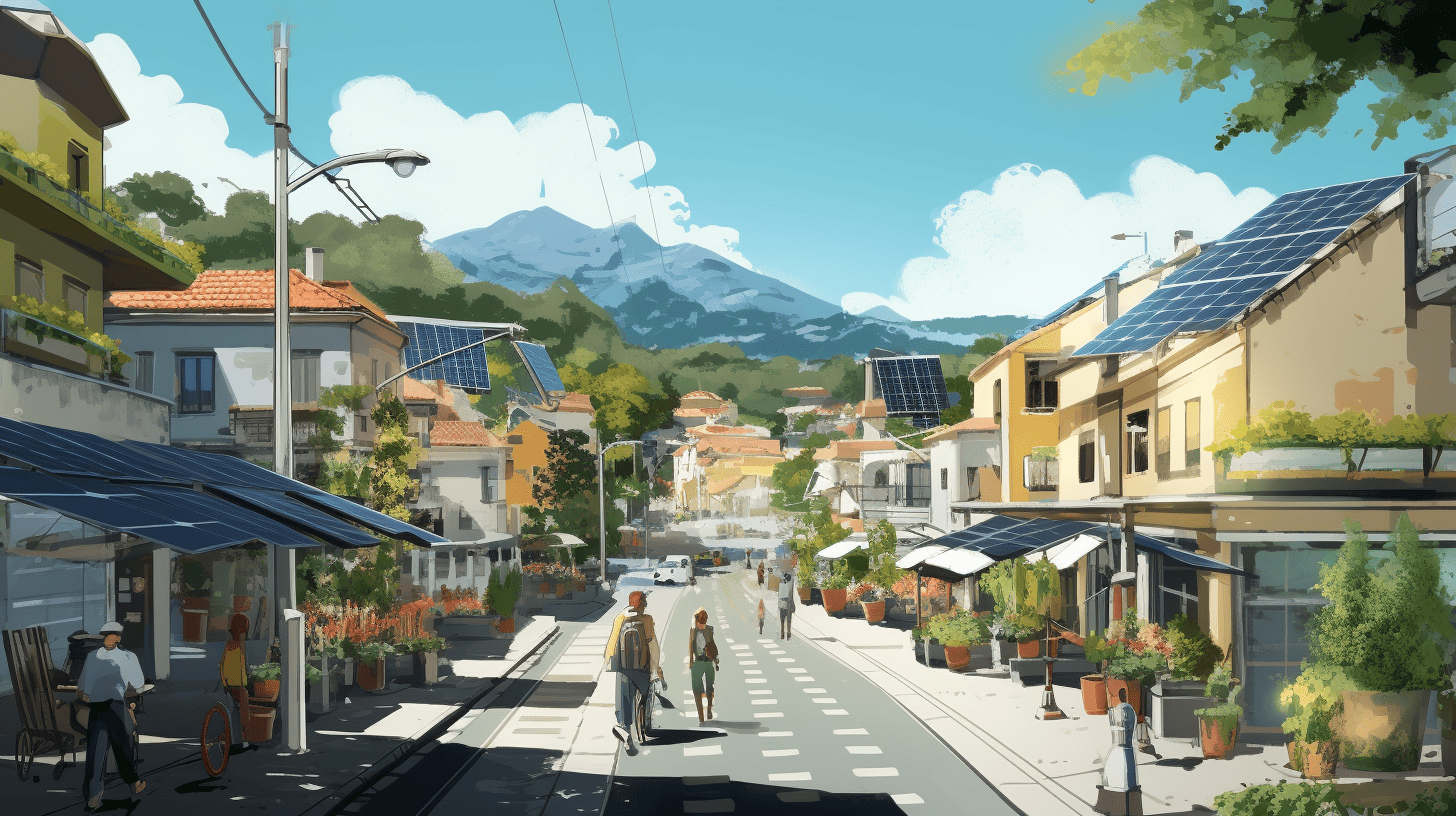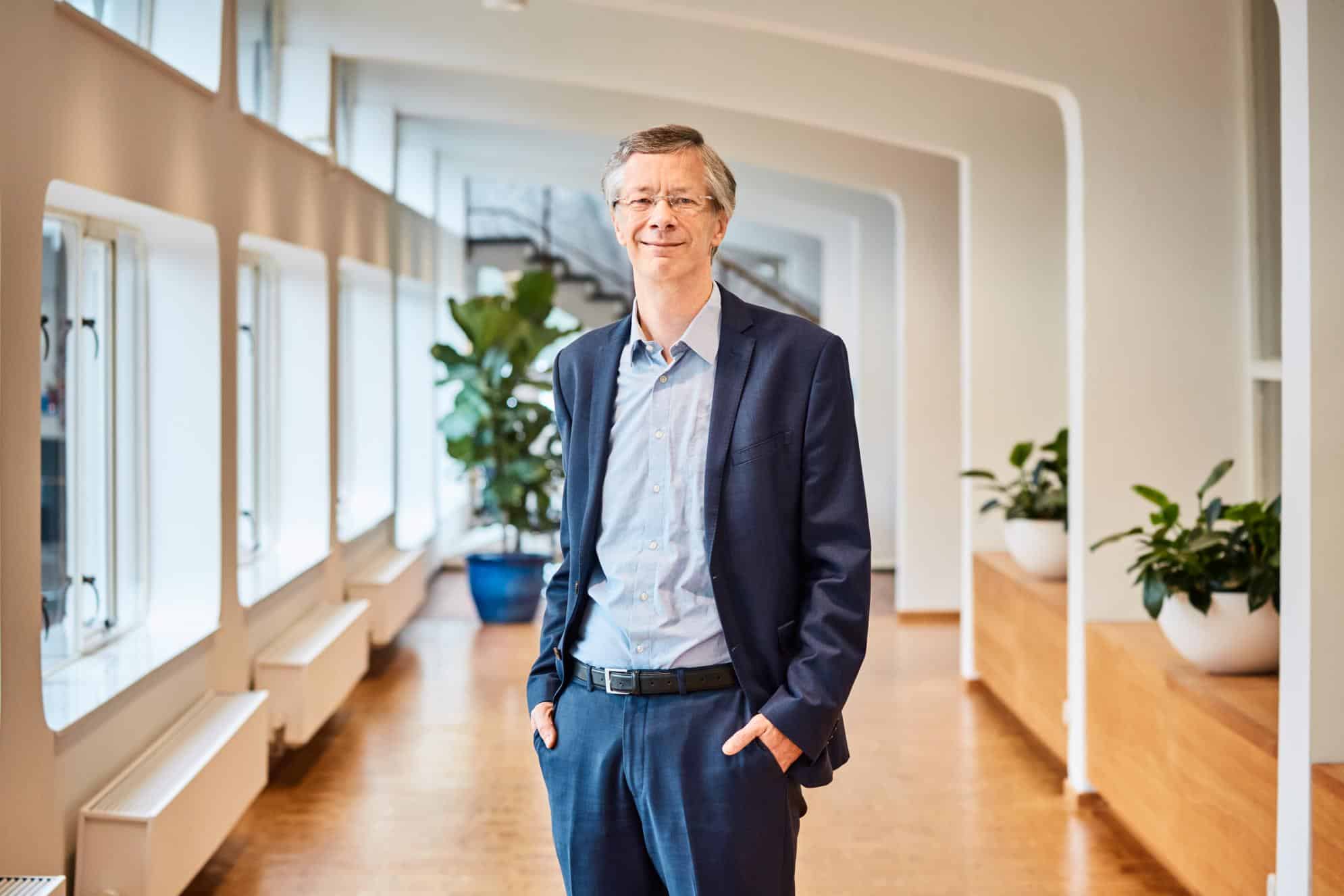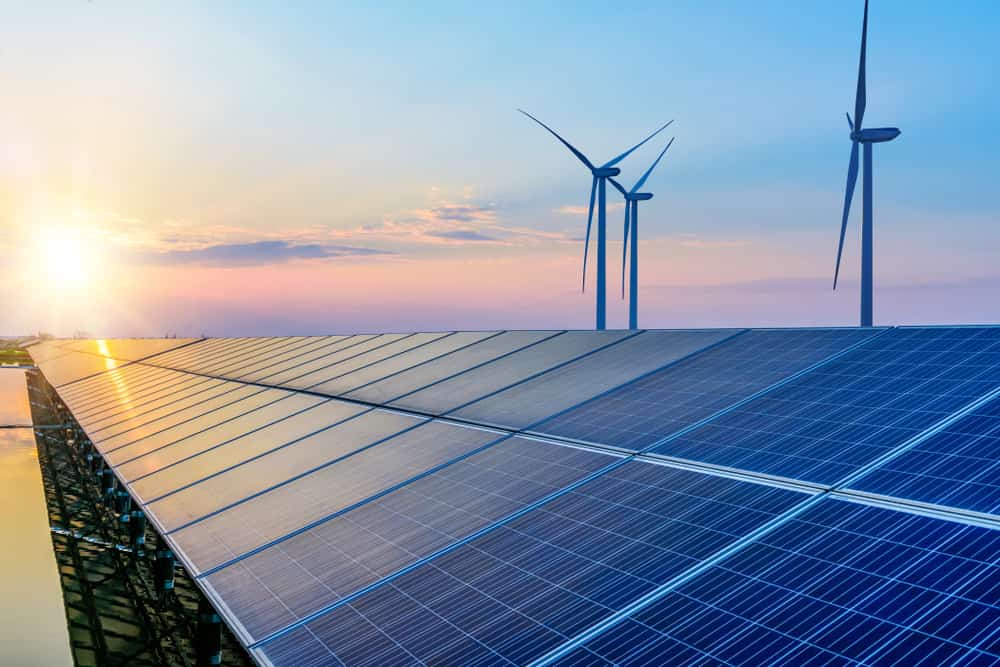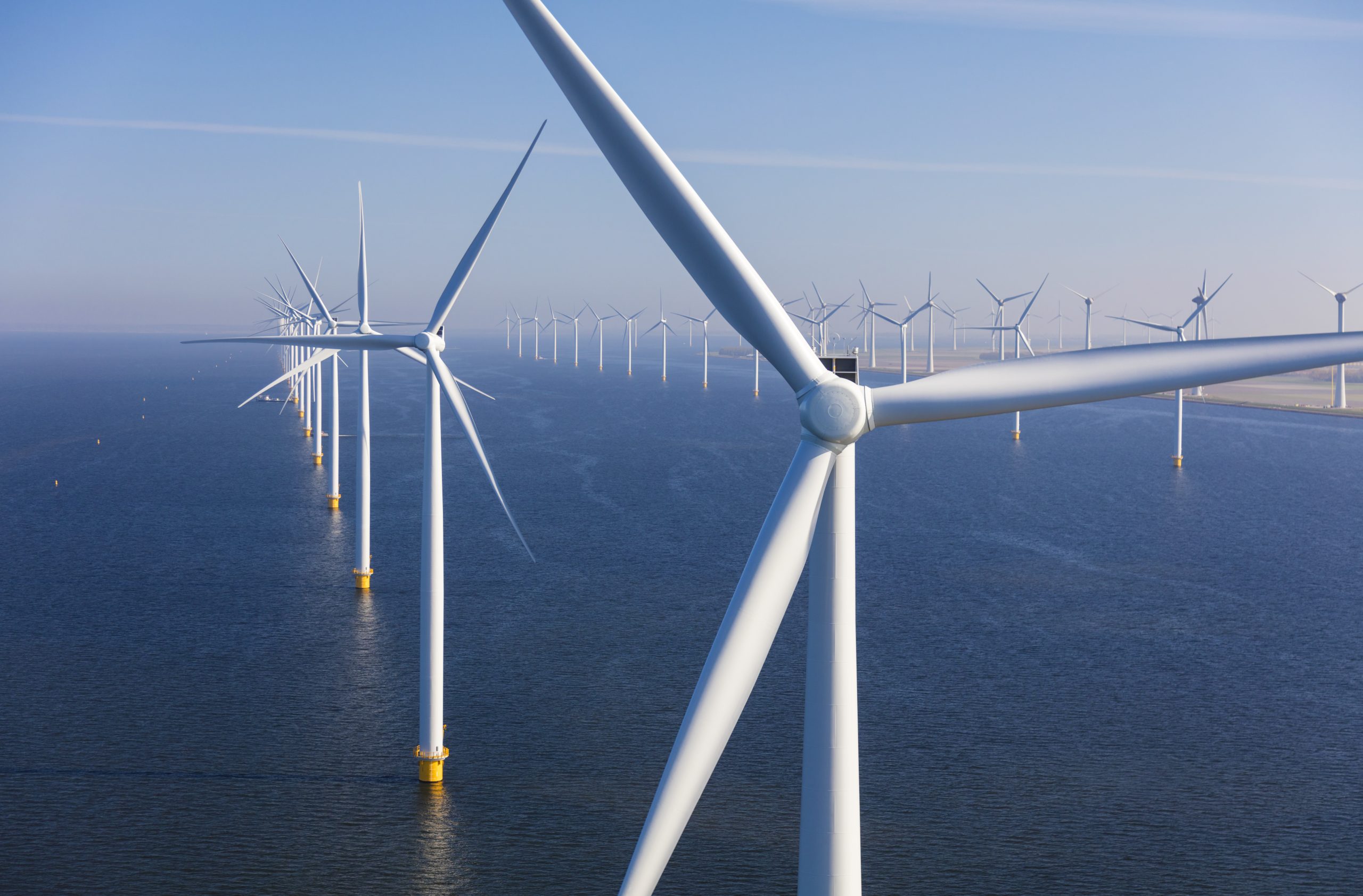
The Dutch government has great ambitions for hydrogen. The National Hydrogen Program demonstrates that the government wants to go all-out for hydrogen as the energy system of the future. But how is our hydrogen society and economy faring? In the summer series The ‘The Netherlands, Hydrogen Land’, we discuss the current state of affairs with technicians and scientists on the basis of themes from the National Hydrogen Programme. In the second installment: Electricity, distribution, and storage. Read the whole series here.
The National Hydrogen Program
At the beginning of July, the National Hydrogen Program (NWP) was presented to the Secretary of State by the cross-sectoral working group hydrogen (CSWW). CSWW is a collaboration between 19 organizations. The program stems from the government’s National Climate Agreement. The cabinet’s vision for hydrogen contains the policy agenda in which the central government’s commitment is laid out further. The period up to and including 2021 is the preparatory phase for the actual scaling up and roll-out of hydrogen from 2022 onwards. The second phase of the NWP – which is actually the real start – Is set to commence on 1 January 2022.
We can stack the Netherlands with solar panels and the North Sea with wind parks, but that will not solve the electricity problem. The wind does not always blow and the Dutch weather is often cloudy. Other solutions have to be found, also because the demand for electricity is only intensifying. One solution is hydrogen.
The NWP states that the Netherlands wants to develop the Green Powerhouse North Sea, with up to 60 GW of power output by 2050, some of which will be converted into hydrogen. It is one of the changes in the Dutch energy system aimed at reducing the use of natural gas. Several considerations been taken into account as well as energy scenario studies have been focused on the roles of hydrogen in the future energy system. “Hydrogen could potentially play a huge role,” says Kornelis Blok, professor of Energy Systems Analysis at the Delft University of Technology (TU Delft). “But that is still a long-term development trajectory.”
Electricity
“Right now, our current energy use is 80 percent fuel and 20 percent electricity. That’s pretty much what you and I, all the buildings, industry, and cars use combined. By insulating buildings and making means of transport and processes more efficient, among other measures, we will start using our energy more economically from the outset.”
The Dutch grid companies provide a detailed description of what our energy system may look like in 2050 in the report ‘The Energy System of the Future‘. It states that the demand for electricity is set to double. Partly because of the electrification of our means of transport and of processes in industry which in turn contributes to their more efficient use, Blok asserts.
“That’s good timing, because we have plenty of sources for electricity.” The main sources are solar and wind, Blok says, “that was different ten years ago.” “ Nowadays, these are relatively cheap sources. That’s not to say that other things can’t play a role like hydrogen power, bio-energy and nuclear power.” Although the latter two options are subject to more controversy, the professor adds. “Hydrogen is not quite as controversial, but it is still only available to a very modest extent. Even with the big expansion plans of 3 to 4 gigawatts by 2030, it is still only a few percent of energy consumption. Whereas we need between 50 and 60 percent of our energy consumption.”
Flexibility
Solar and wind energy have the disadvantage that the volume of electricity produced is determined by its supply. Moreover, the demand for electricity has a fairly fixed pattern. Blok: “We need flexibility in our network.” Making the energy system more flexible is one of the NWP‘s goals. This requires the development of CO₂-free controllable production up to 17 TWh by 2030. The use of CO₂-free hydrogen in gas power plants is an option for providing sustainable controllable power.
Electricity consumption 2020
Net production of electricity in 2020: 119 TWh
Net electricity consumption in 2020: 111 TWh
Electricity production by type of energy carrier fourth quarter 2020:
Natural gas: 17 TWh
Coal: 3.2 TWh
Other: 1.8 TWh
Renewable: 8.3 TWh
Source Statistics Netherlands (CBS)
TenneT, operator of the high-voltage grid in the Netherlands, is rapidly expanding its grid at the moment in response to the growth in the generation of sustainable electricity. It is doing so in part because of its legal obligation to be able to offer its connected parties ample transmission capacity, states Gert van der Lee, an advisor in TenneT’s energy system planning department.
“The growth of solar and wind energy means that there are times when this production capacity supplies electricity to the grid for which there is no actual buyer. Flexible demand, battery storage and conversion can then offer a solution.”
There are also numerous initiatives to make hydrogen using solar and wind energy, Van der Lee says. “Only the price for the generated green hydrogen will still be high, at least in the coming years, so who is going to buy it? Use of green hydrogen in industry is only possible with the allocation of large subsidies, something that the government will be wracking their brains over.”
Distribution
Tennet works closely with Gasunie, which manages the Netherlands’ gas network. In the new, sustainable energy provision, electricity and gases will supplement each other to keep the system reliable and affordable, according to Van der Lee. At the end of June, State Secretary Yeşilgöz-Zegerius of Economic Affairs and Climate Policy announced that Gasunie will be developing a national hydrogen infrastructure This decision was in response to the HyWay27 report, which concluded that it is feasible, safe and cost-efficient to reuse existing gas pipelines for hydrogen.
This infrastructure, the so-called ‘backbone’, seeks among other things to connect the five industrial clusters in the Netherlands. The State Secretary’s decision, according to Bert Stouwie, project manager at Gasunie, is an important step in taking hydrogen forward. “There are all sorts of projects running, but to really get a project like this off the ground, you need a supply of hydrogen. You need infrastructure to do that.”
Storage
Stouwie is working on a feasibility study into the storage of hydrogen in salt caverns in Zuidwending, Groningen. There are initially four caverns that could be used. One such cavern for hydrogen is a cavity in which even the Eiffel Tower could stand upright, Stouwie explains. “We have to make sure that the hydrogen that’s down there in the salt doesn’t seep up and escape by all kinds of routes.” The test should show that it can be done. “Compared to batteries and accumulators, storage of hydrogen has the advantage that you can keep it for a long time without losing energy.”
“Getting that backbone in place is essential for salt storage,” Stouwie says. “If that backbone is not ready, then we will not need to store anything. The only way to seriously put such a large cavern into operation is if the energy is supplied by a large pipeline.”
If hydrogen does take off, more sites for storage will be needed, Stouwie notes. “We can start with four salt caverns in Zuidwending. But if this becomes serious business, then we as the Netherlands – whom Gasunie works for – will have to find a great many more storage locations. That can be achieved largely through salt taverns. But it will also have to be done through other storage variants that have yet to be developed.”
Local use and storage
The supply of energy from sun and wind will keep growing over the coming decades. Consequently, there is a need for flexibility when it comes to generating capacity. In order to be able to do this, existing power stations, such as the Magnum power station in Eemshaven, will be adapted or new ones will be built. The NWP also aims to roll out initiatives to combine local energy generation with the production, use and storage of hydrogen. Such as at Goeree-Overflakkee, where the companies Eneco, Deltawind and Hygro, among others, have entered into a collaboration to produce hydrogen with a wind turbine equipped with built-in electrolysis. Hydrogen is a direct product here that will be used to heat housing in Stad aan ‘t Haringvliet.



